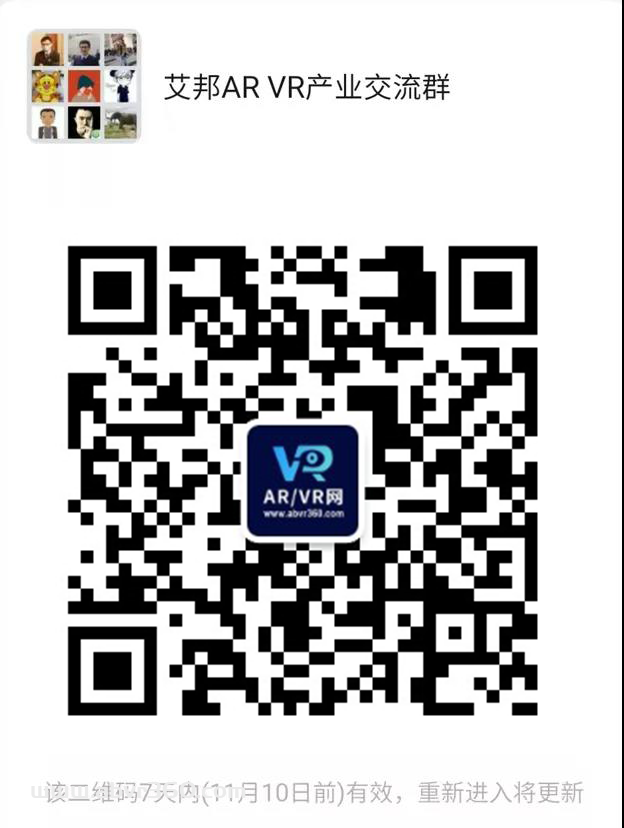Last week the US Patent & Trademark Office granted Apple their third granted patent for a possible expandable ring accessory specifically designed to work with VR glasses or Vision Pro that is more accurate than wearing VR gloves. The user can wear one or many rings depending on the application. While general use of visionOS only requires simple in-air hand gestures, playing video games or other more sophisticated applications could require more accuracy in manipulating 3D objects and more.
For those unfamiliar with Apple's invention, the patent relates to a system that may include ring devices and electronic equipment that can be controlled using ring devices.
A ring device may have a housing that is configured to be worn on a finger of a user. Sensors in the housing such as force sensors, ultrasonic sensors, inertial measurement units, optical sensors, touch sensors,and other components in the ring devices may be used in gathering input from a user.
During operation, haptic output can be provided to the finger of a user using a haptic output device in the housing. Control circuitry in the housing may wirelessly transmit information gathered from the sensors and other input devices to associated electronic devices in the system. The information may include control signals that control operation of the electronic devices.
The housing of the ring device may have an annular main body and an expandable portion coupled to the main body. The expandable portion may include a flap with a hinge, a rotatable housing member, expandable nested housing segments, or other housing structures that move relative to an annular housing structure on the finger of a user.
In some configurations, a ring device may have a housing with an internal adjustable frame and a cover. The internal frame may have telescoping legs. A ring device may also have an expandable housing formed from an expandable layer coupled between first and second annular housing members that can be moved apart to expand the device.
A ring device with an expandable portion can be operated in an unexpanded state in which the expandable portion is retracted and the ring device is compact and can be operated in an expanded state in which the expandable portion is deployed and the ring device is enlarged.
An expandable housing portion in a ring device may include sensors and other input devices. For example, a capacitive touch sensor or other touch sensor may be formed on an expandable portion of a ring device housing or other housing structure. In some configurations, force sensors such as strain gauges may be used in gathering user input. Strain gauge circuitry on an expandable portion may, for example, make measurements of finger bending as the ring device is being worn by a user.
Apple's patent FIG. 1 below is a schematic diagram of an illustrative system with a ring device; FIG. 2 is a top view of an illustrative finger of a user on which a ring device has been placed; FIG. 4 is a side view of an illustrative expandable ring device on a finger.
Apple's patent FIG. 5 is a perspective view of components in an illustrative ring device; FIG. 11 is a perspective view of an illustrative ring device with a gap to allow for expansion to fit a finger; FIG. 12 is a top view of an illustrative ring device with a helical housing.
Apple's patent FIG. 13 below is a top view of an illustrative ring device with a rotating housing member that swings away from a main body portion of the housing; FIG. 14 is a perspective view of an illustrative ring device with a side flap; FIG. 16 is a perspective view of an illustrative expandable ring device in an unexpanded configuration.
Apple's patent FIG. 17 above is a perspective view of the illustrative expandable ring device of FIG. 16 in an expanded configuration; FIG. 24 is a perspective view of an illustrative expandable ring device with a flexible structure that can be unrolled to expand the ring device.
Apple further notes that a ring device may, as an example, include an inertial measurement unit with an accelerometer for gathering information on figure motions such as finger taps or free-space finger gestures, may include force sensors for gathering information on normal and shear forces in the ring device and the user's finger (e.g., shear forces that arise from twisting the ring on the user's finger, normal forces that arise when tapping the surface of the ring, etc.), and may include other sensors for gathering information on the interactions between the ring device (and the user's finger on which the device is mounted) and the surrounding environment.
The ring device may include a haptic output device to provide the user's finger with haptic output and may include other output components.
In addition, one or more ring devices may gather user input from a user. The user may use ring devices in operating a virtual reality or mixed reality device (e.g., head-mounted equipment such as glasses, goggles, a helmet, or other device with a display).
During operation, the ring devices may gather user input such as information on interactions between the ring device(s) and the surrounding environment (e.g., interactions between a user's fingers and the environment including finger motions and other interactions associated with virtual content displayed for a user).
The user input may be used in controlling visual output on the display. During operation, haptic output may be provided to the user's fingers using the ring devices.
Ring devices can be worn on any or all of a user's fingers (e.g., the index finger, the index finger and thumb, three of a user's fingers on one of the user's hands, some or all fingers on both hands, etc.).
In some configurations, ring devices may be expandable. A ring device may, as an example, be expanded in size to enhance the functionality of the ring device by providing additional surface area for gathering touch sensor input or other sensor measurements from sensor circuitry in the expanded portions and/or other portions of the device, to allow the ring device to extend along the finger for a sufficient length that bends in the finger can be measured by a stain gauge or other bend sensor, to provide additional area to support visual markers for operation in a mixed reality system with camera-based ring tracking, and/or to otherwise enhance the capabilities of the ring device.
Translated from: patentlyapple

